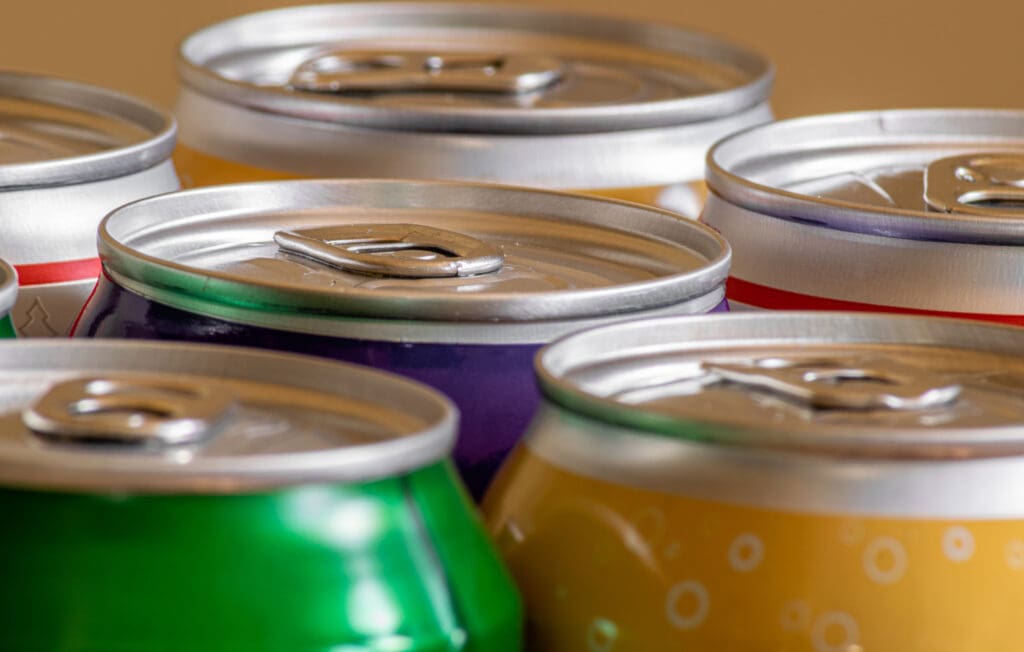
Hexafluoroacetone (CF3-CO-CF3) is an organic compound. It is colourless, absorbent, non-flammable, highly reactive gas and it has a musty smell. Hexafluoroacetone sesquihydrate (1.5 H2O) is the most common form of this substance. Hexafluoroacetone is highly reactive in nature; it reacts vigorously with water to form corrosive acids and in the presence of humidity, the reaction of hexafluoroacetone with most metals will generate white fumes of hydrogen gas. Hexafluoroacetone will also undergo violent reactions in the presence of alkali.
2-Nitropropane is mostly used as a solvent and chemical intermediate. As a solvent, it is used in inks, paints, adhesives, varnishes, polymers and synthetic materials. It is also used as a co-solvent or solvent with many resins, and these solvent-resin mixtures are used as coatings for beverage cans. It is also used in the manufacturing of 2-nitro-2-methyl-1-propanol and 2-amino-2-methyl-1-propanol. It is also a component of explosives, rocket fuel, and as an additive in fuels for internal combustion engines for hobbyists and racing cars.

Daily people can be exposed to 2-Nitropropane, mainly through its use in coatings for beverage cans and adhsives for films, with an estimated exposure of around 50–100 mg. This includes tiny amounts from food packaging (3 ng) and vegetable oils (30 ng). Smokers get an extra 1.2 μg per cigarette.
Potential occupational exposure of 2-Nitropropane occurs during its manufacture, formulation and use in industrial construction, maintenance, printing, highway maintenance and food packaging due to much higher levels, with air concentrations in workplaces reaching up to 6,000 mg/m³.
The main routes of exposure to 2-Nitropropane are inhaling, swallowing, skin contact, and eye contact.
Acute Effect
Severe liver and some kidney damage have been observed in workers who were fatally poisoned by inhaling high concentrations of 2-nitropropane. Tests on rats and mice show that 2-nitropropane has moderate to high acute toxicity from inhalation and moderate acute toxicity from swallowing.
Chronic Effect
Long-term inhalation exposure to 2-nitropropane has caused nausea, vomiting, diarrhea, severe headaches, and lung irritation in workers. In rats and other animals, chronic inhalation has led to liver damage, and mild lung effects have been observed in rats and rabbits. The Reference Concentration (RfC) for 2-nitropropane is 0.02 milligrams per cubic meter (mg/m³) based on liver effects in rats. The EPA has not established a Reference Dose (RfD) for 2-nitropropane.
Reproductive/Developmental Effects
There is no information on the reproductive or developmental effects of 2-nitropropane in humans. An animal study reported fetal toxicity, specifically delayed heart development, in rats injected with 2-nitropropane.
Cancer Risk
One human study did not find any trends indicating an increased risk of cancer from exposure to 2-nitropropane. However, an animal study found multiple liver tumors (hepatocellular carcinomas) in rats. The EPA has classified 2-nitropropane as a Group B2 probable human carcinogen and has calculated a provisional inhalation unit risk factor of 0.0027 (µg/m³)⁻¹.
First Aid Measures
Fire and Explosion Information
Firefighting:
Engineering Controls
Engineering Controls
Personal Protective Equipment
Personal Protection in Case of a Large Spill